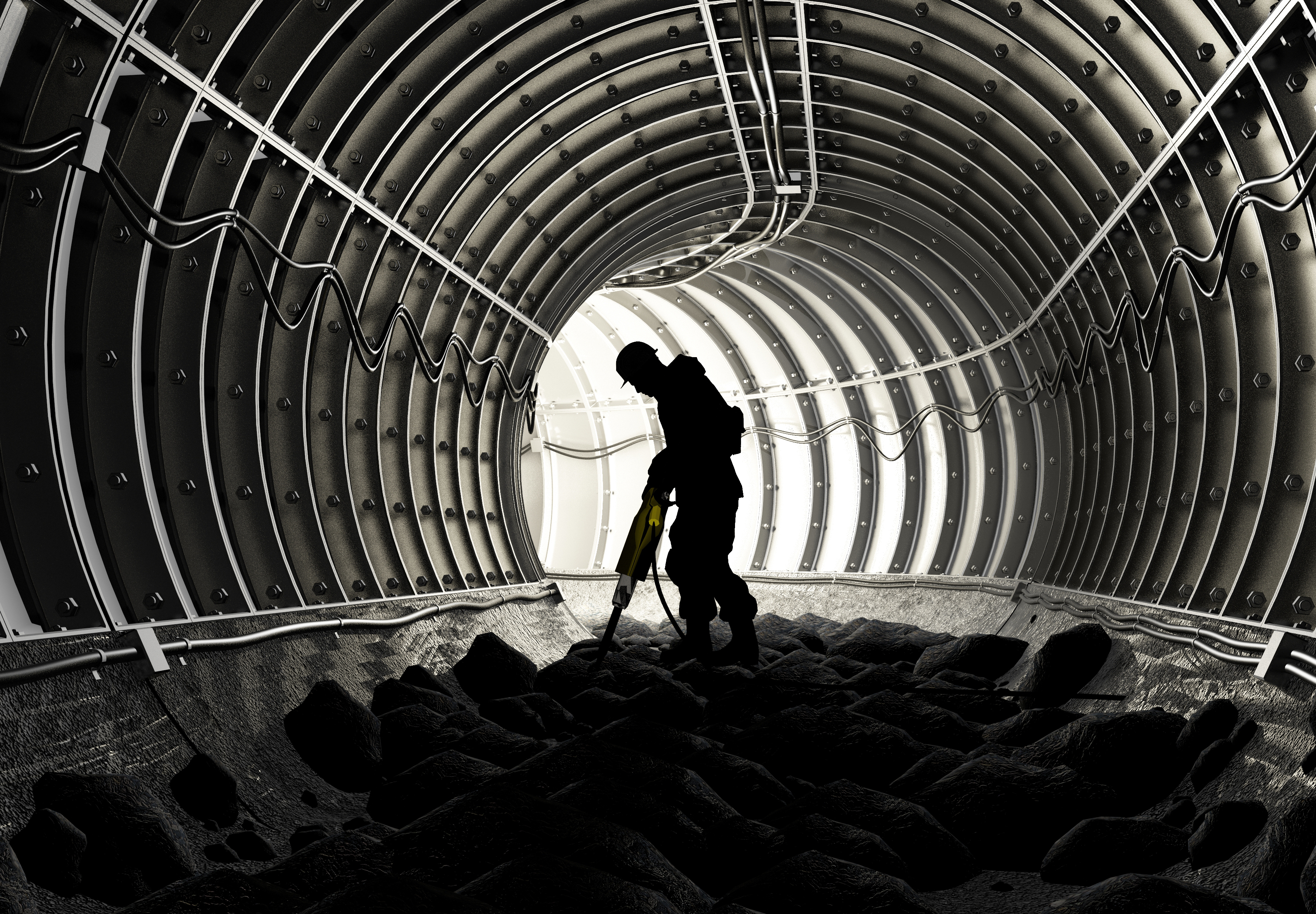AUI will present at the 247th meeting of the American Astronomical Society in Phoenix from January 4-8.
Recent News
ALMA Helps Unmask Monster Black Hole Behind Record-Breaking Cosmic Burst
Astronomers have used the Atacama Large Millimeter/submillimeter Array (ALMA) together with a suite of space- and ground-based telescopes, to study AT 2024wpp, the most luminous fast blue optical transient (LFBOT) ever observed.
Astronomers Make First Radio Detection of Rare Supernova Type, Revealing Secrets of Stellar Death
Astronomers using the U.S. National Science Foundation Very Large Array have captured the first-ever radio signals from a rare class of stellar explosion known as a Type Ibn supernova.
CORFO Selects AUI to Build and Manage the Chilean Instituto de Tecnologías Limpias

AUI to Create and Operate Instituto de Tecnologías Limpias (ICTL)
Santiago, Chile—On January 4th, the Corporación de Fomento de la Producción de Chile (CORFO) Council met to award the Chilean Instituto de Tecnologías Limpias (ICTL) construction, management, and operations to AUI. The ICTL will create jobs in Macrozona Norte, bring in additional investments, provide Chilean entrepreneurs the opportunity to build new businesses, refine and develop resources locally to develop clean energy and products to fuel a new and more robust economy, and enable Chilean universities to share resources in a fair and open manner throughout the country. AUI proposes building extensive new infrastructure in Antofagasta Region, bringing additional investment funds into Chile to support this project, and allowing access to the greatest number of interested parties.
A key feature of AUI’s proposal is the construction of new facilities in Macrozona Norte, providing shovel-ready jobs in the region. Two of the largest facilities will include a new Battery Lab and Testing Facility, which will be crucial for Chile to maximize the economic value of its lithium, and a Multi-purpose High-Bay Facility. Further, such infrastructure will be used for battery cell testing and pilot manufacturing to include complete battery cell assembly, materials scale up, and pilot manufacturing facilities; prototyping and scale-up facility; and the establishment of pilot facilities at commercial operating sites for solar energy and sustainable mining. The production of green hydrogen will require new infrastructure as well. These cutting-edge structures will become especially valuable for a diverse community of Chilean stakeholders through AUI’s open access policies.
AUI is renowned globally for developing a system of participation that enables fair and equitable use of scientific facilities amongst the largest, most inclusive group of governmental, academic, and industrial users. CORFO’s decision to select AUI will enable the benefits of research to reach all Chileans. AUI was central in the design and development of the ALMA Observatory, close to San Pedro de Atacama. Today AUI continues to manage the North American portion of the consortium, which allows for the greatest openness in access to the facilities.
AUI is an independent, non-member, non-profit that specializes in managing scientific and technical research, and was founded 75 years ago by elite universities who realized they could achieve more if they worked openly and harmoniously. “Working with many universities and industry seamlessly is what makes AUI unique,” said ICTL Project Manager, Ricardo Raineri. “Our open access approach is a tremendous win for all Chilean universities and entrepreneurs because no one is left out and all are allowed in based on the merit of their proposals.”
AUI’s independence as a private institution is key in facilitating the optimal use of facilities and will be instrumental in working with Chile’s university system. AUI will establish a foundation in Macrozona Norte to construct and operate the ICTL. Universidad de Atacama, Universidad Autónoma de Chile, Universidad San Sebastián and Universidad del Desarrollo are involved and the foundation will have a university representative as part of its Board of Directors. “AUI’s independence has allowed many impressive collaborations,” said AUI President Adam Cohen. “Chile became the ‘center of the astronomy universe’ through the construction of its ALMA Observatory and we are proud to have helped in Chilean excellence. We look forward to continue working in Chile, and conducting workshops throughout Macrozona Norte to ensure the maximum benefit of all of Chile through the development and operation of the ICTL.”
AUI looks forward to working with the Chilean Government, universities, industry and entrepreneurs to plan and build the infrastructure for discovery in the Antofagasta Region for the benefit of Chile. AUI’s ICTL associates currently include but are not limited to: Asexma Chile A.G., Ballard Power Systems Inc., CSP Cerro Dominador, Clayton Ventures, Colbun S.A., Colorado School of Mines, Ecometales Limited, Enaex Chile S.A., Enel Generación Chile S.A., Engie Latam S.A., Enorchile S.A., Freitag & Co, Generadora Metropolitana, Low Emissions Resources Corp, NanoOne, Schwager Energy S.A, The Wilson Center, Universidad de Atacama, Universidad Autónoma de Chile, Universidad del Desarrollo, Universidad San Sebastián, and University of Utah.
Recent News
AUI to Attend AAS 247 Conference
AUI will present at the 247th meeting of the American Astronomical Society in Phoenix from January 4-8.
ALMA Helps Unmask Monster Black Hole Behind Record-Breaking Cosmic Burst
Astronomers have used the Atacama Large Millimeter/submillimeter Array (ALMA) together with a suite of space- and ground-based telescopes, to study AT 2024wpp, the most luminous fast blue optical transient (LFBOT) ever observed.
Astronomers Make First Radio Detection of Rare Supernova Type, Revealing Secrets of Stellar Death
Astronomers using the U.S. National Science Foundation Very Large Array have captured the first-ever radio signals from a rare class of stellar explosion known as a Type Ibn supernova.
